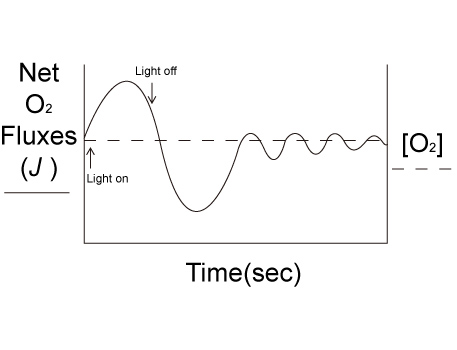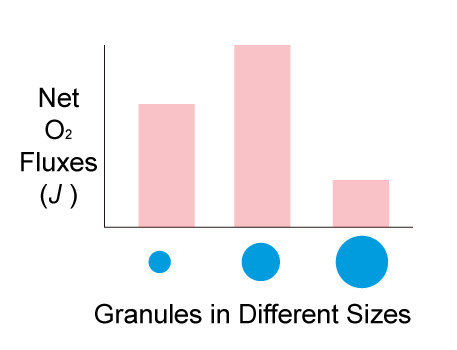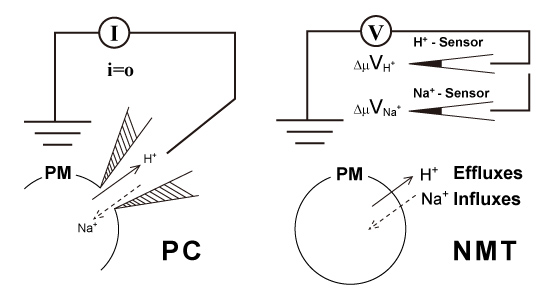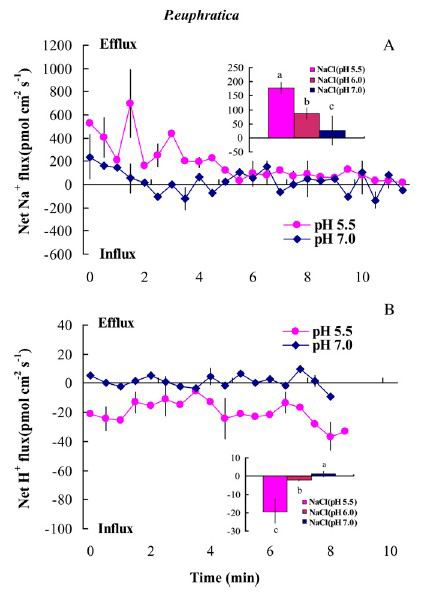Water Treatment
Scientist & Research:

Dr. Park, University of Massachusetts
Optimization of Algae-based Wastewater Treatment Processes
Challenges:
A symbiotic granule composed of algae and bacteria is being developed to optimize the wastewater treatment processes.
NMT Solutions:

1) Because of its great temporal resolution (a few seconds) and super sensitivity (pico level), NMT helped the project by measuring the transient changes of oxygen releasing or absorbing under different light conditions, which was crucial to understanding the relationships among the algae, the bacteria and the waste water;

2) Because NMT can tell people how fast and how much oxygen is released or absorbed by the granules, it was plugged into calculations to quantitatively optimize the wastewater treatment processes.
Salt Stress/Resistance
Scientist & Research:

Dr. Chen, Beijing Forest University
Salt Stress/Resistance Research in Poplar
Challenges:
Poplar is an excellent model to study salt stress/resistance, but there are few techniques suitable to study Na+, K+, and Cl- which are essential players in this process, especially with living roots of Poplar. Chen's group has tried the Patch Clamp technique for quite some time but no significant progress was made. This was not only due to the Giga ohm seal challenges, but also because of the fact that when there are equivalent amounts of transportation of both Na+ and K+ in the root of Poplar, the Patch Clamp will end up with '0' current if they are moving in opposite directions.

NMT Solutions:
Since NMT is using ion/molecule selective micro sensors to detect the ions and/or molecules, Dr. Chen's group knew:
1) which ions and/or molecules they were studying before the experiments started;
2) both direction and magnitude of the ions/molecules they are measuring.
The transient changes of oxygen released or absorbed under different light conditions were found, which is crucial to understand the relationships among the algae, the bacteria and the waste water.

Where is Ca2+ coming from?
Scientist & Research:

Dr. Lin, Botany Research Institute of Sinica
Where is the Ca2+ coming from?
Challenges:
Calmodulin (CaM) is an important modulator of second messenger Ca2+. But when CaM plays its role inside cells causing the falling and rising of internal Ca2+, there is always a critical issue if these Ca2+ ions are released from cellular Ca2+ stores or they are transported from external media.
NMT Solutions:
Because of its non-invasive nature, NMT was able to detect the influxes of Ca2+ and directly confirm the confocal data showing an increase of internal Ca2+ concentrations.









